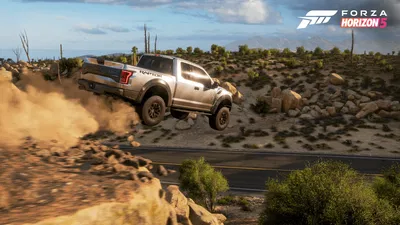The Dodge Slingshot Could Have Been America’s Smart Roadster

It seems odd now, when Dodge’s image for the last 20 years or so has been built around its gargantuan Hemi V8 engines, that the company was once exploring the idea of a teeny-tiny roadster powered by an even teenier, tinier three-cylinder engine. In the ideas-rich noughties automotive industry, though, it did just that, in the form of the Dodge Slingshot concept.
Unveiled at the New York Auto Show in 2004, Dodge never outright stated that the Slingshot was a Smart Roadster reclothed in a butch American suit, but… come on. Quite clearly, this was one of the less-expected tie-ins to arise from the rapidly sinking ship that was DaimlerChrysler, an uneasy alliance between Dodge’s owner, Chrysler, and Smart’s parent, Mercedes.

There’s little surprise, then, that it shared its mechanical make-up with Smart’s tiddly mid-engined curio. That meant a 698cc turbocharged three-cylinder sending 100bhp to the rear wheels, matching the Brabus-tweaked version of the Smart. There was one big difference, though: where the Roadster was infamously saddled with a jerky automated manual gearbox, the Slingshot used an old-fashioned five-speed manual.
Dodge didn’t quote a top speed, but reckoned on a 10-second 0-60mph run. It also didn’t give a weight, but weirdly, did provide a power-to-weight ratio of 8kg per bhp – so we can reverse engineer a kerb weight of about 800kg. Dodge reckoned it would be capable of an entirely believable 45mpg.

Where the Roadster used a detachable targa top arrangement for its roof, the Slingshot employed an arguably much more elegant retractable soft-top. The side roof rails could then be removed and stowed in the car for the full roadster experience.
Inside, a lot of the dull plastic trim of the Roadster was replaced with shiny, ribbed bits, apparently inspired by a deconstructed Hemi V8 engine (although they were, presumably, still plastic).

When it was revealed, Trevor Creed, then-senior vice president of design for the Chrysler Group, called the Slingshot “a dynamic, creative look at the never-ending quest to offer visually exciting design, structural integrity, operating efficiency and the all-important fun-to-drive quotient in an affordable, entry-level sports car.”
That was quite a long-winded way of saying the Slingshot was a fun, efficient and good-looking sports car that wouldn’t have cost a whole lot had it gone on sale. Ultimately, of course, it didn’t. Exactly why, we don’t know, but cost could have been a factor – the Chrysler Group in the 2000s wasn’t exactly overflowing with cash.

Regardless, it’s a shame it never came to fruition. The Smart Roadster was a phenomenally fun little sports car of a kind that no longer really exists – and probably never will again – and a companion with a little bit more American attitude would have been extremely welcome, especially if it fixed its most glaring flaw.















Comments
No comments found.